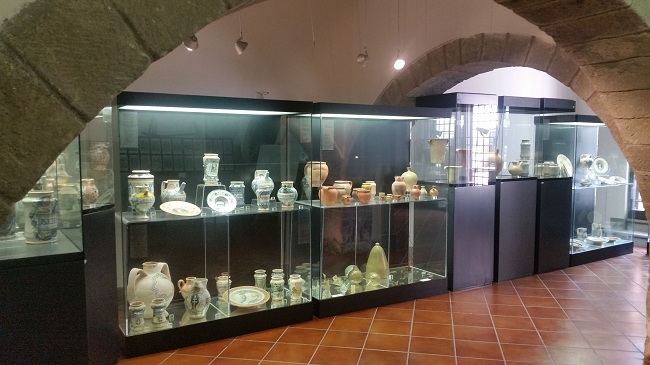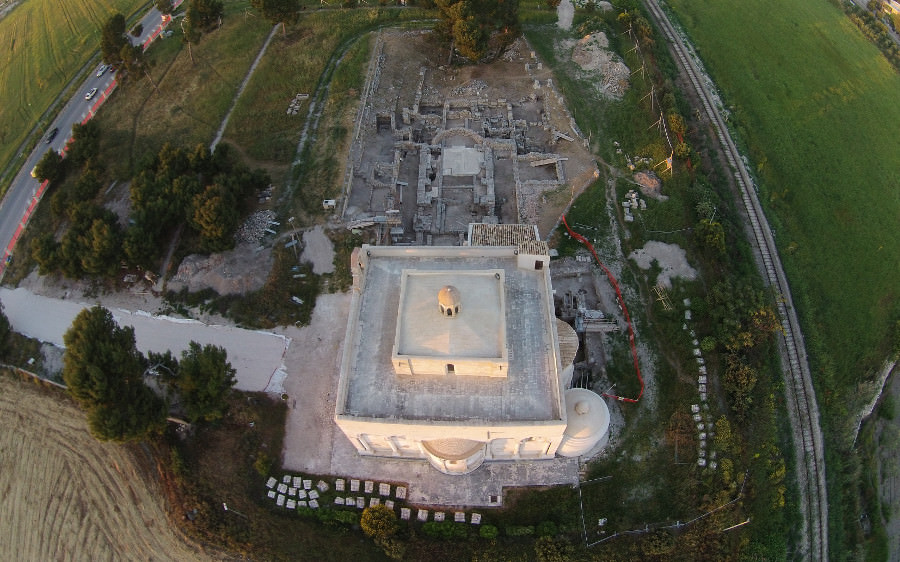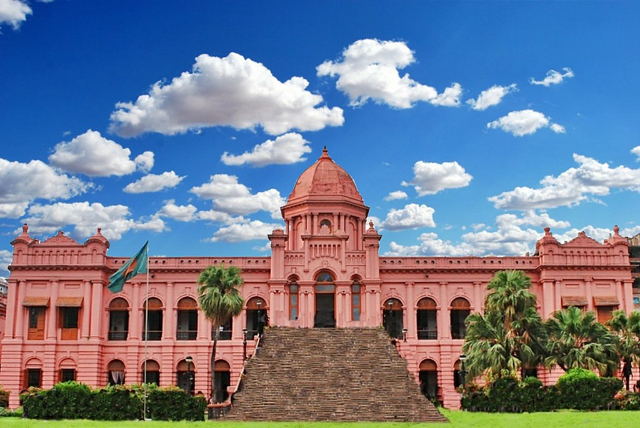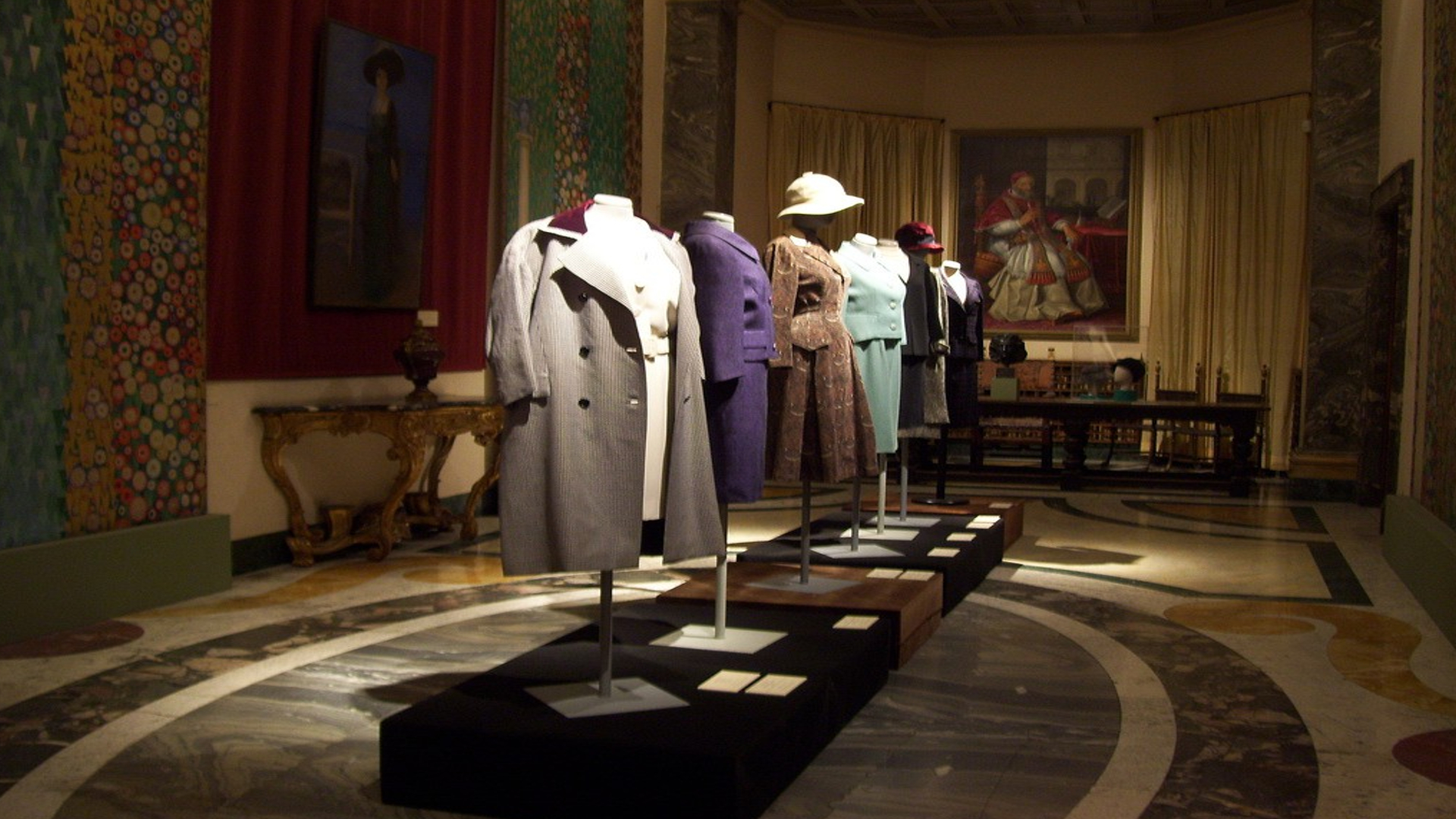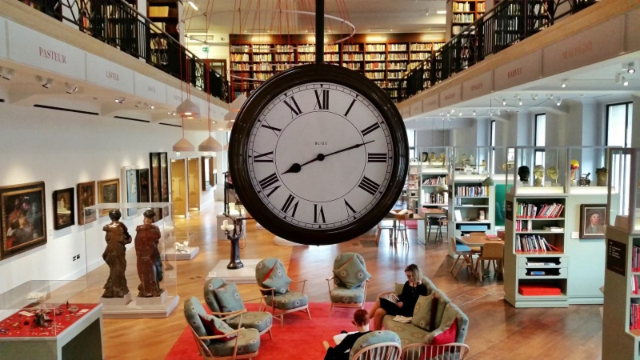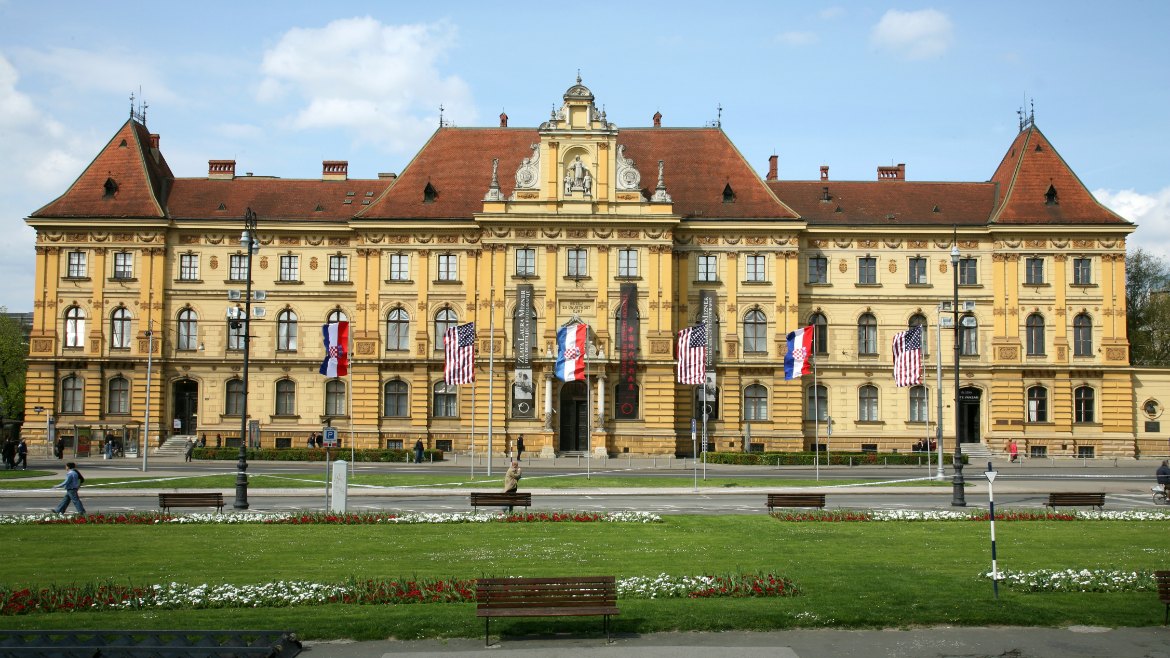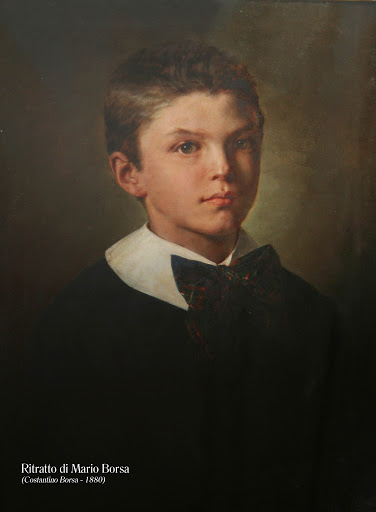In Viterbo you can enjoy an interesting journey through the history of ceramics, starting from ancient objects of the 12th century. An itinerary that allows you to observe closely the evolution of the processing of this material over the years.
The pottery museum houses about 200 medieval and renaissance artefacts, which come mainly from the Upper Lazio area, and is divided into five large rooms.
The journey begins with the primitive simple impasto breadcrumbs, which date back to the 12th century. Along the way it is possible to admire a variety of 15th century "green family" artefacts and splendid examples decorated with blue "zaffera" in relief.
Few people know that many of the ceramic artefacts on display in the museum were found in the drainage wells, dug out of the tuff inside the medieval houses. These wells were created with the aim of collecting all kinds of waste, both liquid and solid, such as food scraps and broken furnishings. Thanks to recovery and restoration work, these precious artefacts have survived to the present day.
Continuing the tour of the ceramics, a group of brown ceramic finds with solar colours and characteristic "gouache" painted huts attract the eye. We arrive, thus, to the finds of 1600, of which stand out the series of pharmacy vases, decorated with coats of arms of the Hospital and the Municipality of Viterbo.
The 17th century marked the decline of the art of potters with the introduction of porcelain.
The Museo della Ceramica della Tuscia is located in the centre of the town, on the ground floor, in the premises owned by the Carivit Foundation, of the 16th century Palazzo Brugiotti, a splendid example of post-Renaissance architecture.
